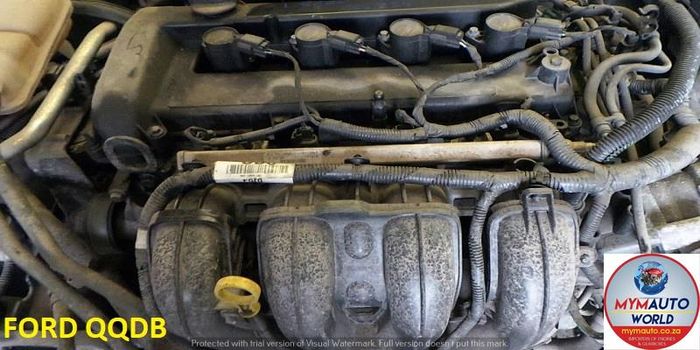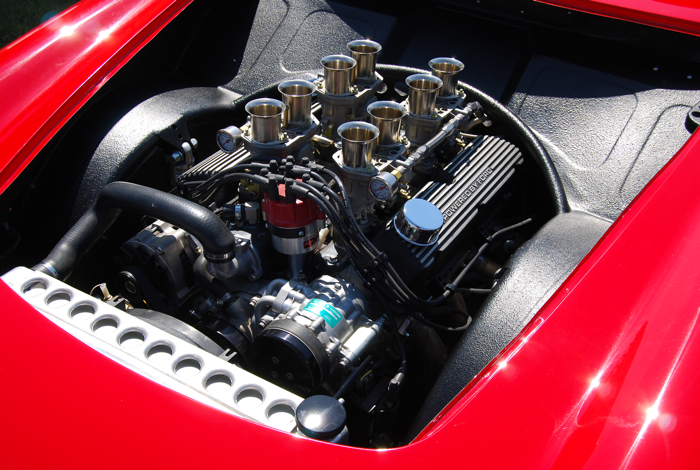Discovering the most up to date Technological Technologies in Import Engines and How They Enhance Driving Experience
In the realm of vehicle design, the landscape of import engines is undertaking an extensive makeover driven by cutting-edge technological developments. From the development of turbocharged engines to the combination of hybrid innovation, the most up to date advancements are revolutionizing the driving experience in methods formerly unthinkable. As import makers press the limits of efficiency and effectiveness with boosted gas injection systems and innovative engine management services, the concern occurs: How do these developments genuinely affect the means we connect with our vehicles when traveling?

Evolution of Turbocharged Engines
In the automobile industry, the evolution of turbocharged engines has significantly transformed the landscape of performance and efficiency. Turbocharging, once primarily seen in high-performance cars, has currently end up being a mainstream innovation embraced by a vast array of automobiles, from small hatchbacks to high-end cars. The basic concept behind a turbocharged engine is simple yet efficient - by requiring even more air right into the burning chamber, it permits even more fuel to be burned, resulting in raised power result.
Among the crucial advantages of turbocharged engines is their ability to supply even more power from smaller sized, a lot more fuel-efficient engines. This downsizing trend has led to a reduction in discharges without jeopardizing performance, making turbocharging an attractive choice for car manufacturers making every effort to satisfy rigid ecological guidelines. Moreover, turbocharged engines supply enhanced torque at reduced RPMs, supplying chauffeurs with a much more vibrant and responsive driving experience - import engines.
As modern technology remains to advance, we can anticipate further innovations in turbocharging, causing also higher levels of efficiency and effectiveness in the automotive market.
Advancements in Gas Injection Solutions
Modern gas shot systems have actually progressed to provide fuel much more effectively and precisely into the engine cylinders, boosting total engine efficiency and gas effectiveness. One of the crucial advancements in gas injection systems is the shift from conventional port fuel shot (PFI) to even more innovative straight gas shot (DFI) innovation.
Additionally, the integration of digital control units (ECUs) and sensing units in fuel shot systems has allowed for real-time adjustments to sustain shipment based on various factors such as engine tons, temperature, and driving problems. Furthermore, advancements in gas injector design, products, and spray patterns have added to cleaner combustion and smoother engine procedure.
Integration of Hybrid Innovation
The evolution of fuel injection systems in the direction of greater effectiveness and performance has actually established the stage for the smooth assimilation of crossbreed technology right into modern engines. Hybrid innovation combines the use of standard inner combustion engines with electric propulsion systems, using boosted fuel effectiveness and minimized exhausts. By incorporating electric motors and batteries into the powertrain, crossbreed engines can supplement the inner burning engine during velocity or check here low-speed driving, thereby improving total performance.

Boosted Engine Administration Systems
What are the key developments in engine management systems that are improving the performance and effectiveness of contemporary engines? Engine administration systems have gone through considerable improvements to enhance engine performance and performance. One key innovation is the integration of innovative sensing units that continually keep an eye on different specifications such as engine temperature, air-fuel ratio, and exhaust discharges. These sensing units supply real-time information to the engine control system (ECU), enabling accurate adjustments to be made to optimize burning procedures and fuel efficiency.
In addition, contemporary engine management systems make use of innovative algorithms and expert system to evaluate the information gathered by sensors and make vibrant modifications to factors such as ignition timing, gas injection, and turbocharger increase pressure. This degree of precision and flexibility go right here cause boosted engine responsiveness, boosted power output, and minimized fuel intake.
Furthermore, engine monitoring systems now include advanced analysis capabilities that can detect and attend to issues such as misfires, sensing unit breakdowns, and gas system abnormalities in real-time, consequently enhancing general engine integrity and durability. These advancements in engine monitoring systems play an important duty in enhancing the driving experience by providing optimum performance, gas performance, and dependability.
Influence of Lightweight Materials
Including light-weight materials in engine manufacturing has actually transformed the vehicle industry's technique to boosting fuel effectiveness and efficiency. Using products such as carbon aluminum, titanium, and fiber has dramatically reduced the overall weight of engines, causing improved power-to-weight ratios and boosted fuel economic situation. These lightweight products supply a higher strength-to-weight ratio contrasted to conventional products like steel, enabling greater toughness without compromising performance.
Among the essential advantages of using lightweight materials in engine building and construction is the decrease of inertia, causing quicker engine response times and improved general vehicle agility. Furthermore, the lighter weight adds to lower energy consumption, making automobiles extra eco-friendly by decreasing discharges.
Additionally, the implementation of lightweight materials in engine components such as pistons, connecting rods, and crankshafts has enabled designers to press the limits of performance without sacrificing reliability (import engines). This innovation has actually led the way for a lot more effective and effective engines that supply a remarkable driving experience while satisfying stringent exhausts criteria
Conclusion
To conclude, the current technological developments in import engines have actually substantially enhanced the driving experience. From the advancement of turbocharged engines to improvements in fuel shot systems, combination of crossbreed innovation, enhanced engine monitoring systems, and making use of light-weight materials, these technologies have jointly enhanced efficiency, fuel performance, and overall driving characteristics. As technology remains to advancement, we can anticipate much more exciting growths in the future of import engines.
Modern fuel shot systems have progressed to supply fuel extra effectively and specifically into the engine cyndrical tubes, improving general engine efficiency and fuel effectiveness - import engines. By incorporating electric motors and batteries right into the powertrain, crossbreed engines can supplement the internal burning engine during acceleration or low-speed driving, therefore improving general efficiency
What are the essential innovations in engine management systems that are improving the efficiency and efficiency of contemporary engines? Engine monitoring systems have gone through substantial advancements to enhance engine efficiency and efficiency. From the development of turbocharged engines to have a peek at this website innovations in gas injection systems, combination of crossbreed modern technology, enhanced engine management systems, and the usage of light-weight products, these technologies have collectively enhanced efficiency, gas performance, and total driving characteristics.